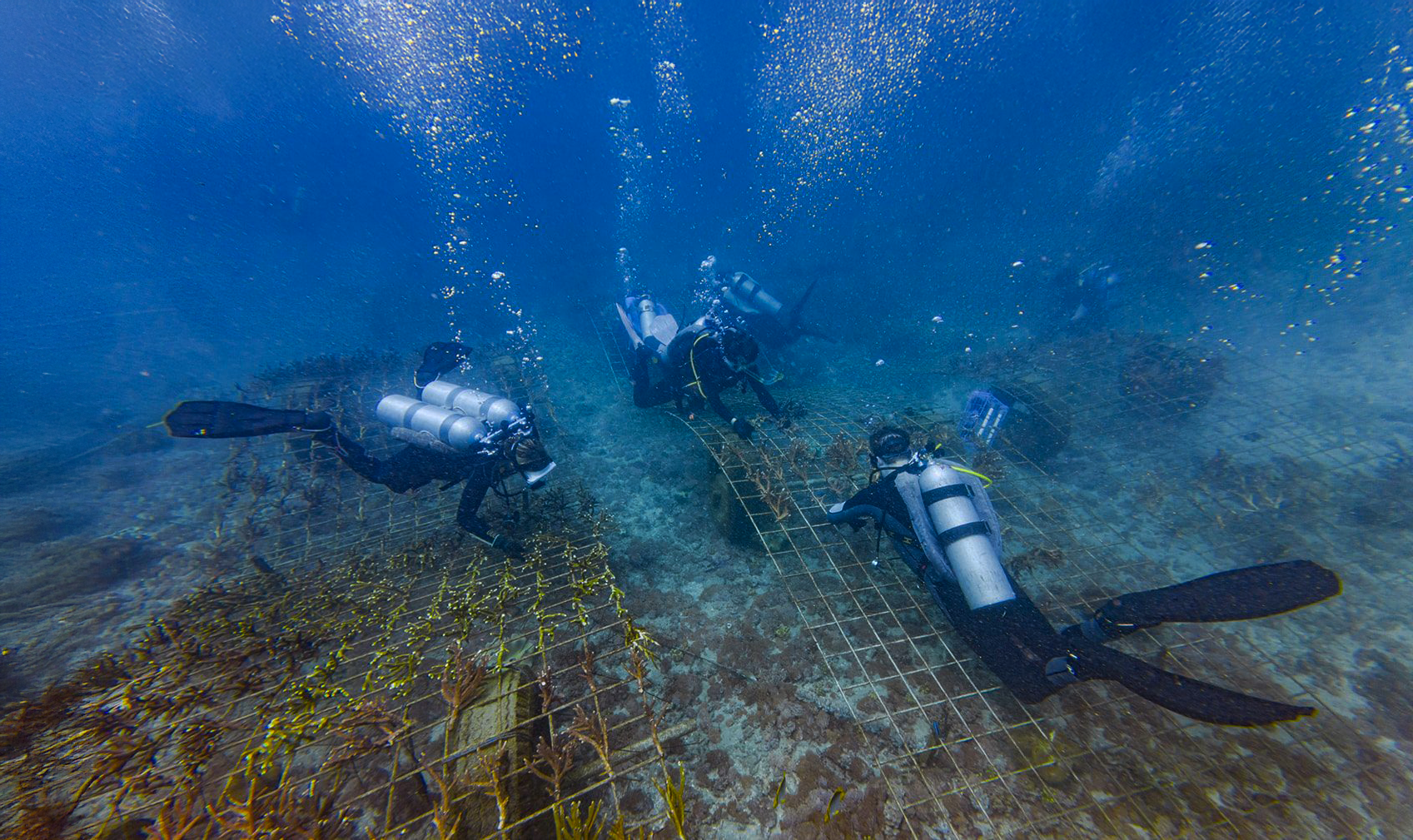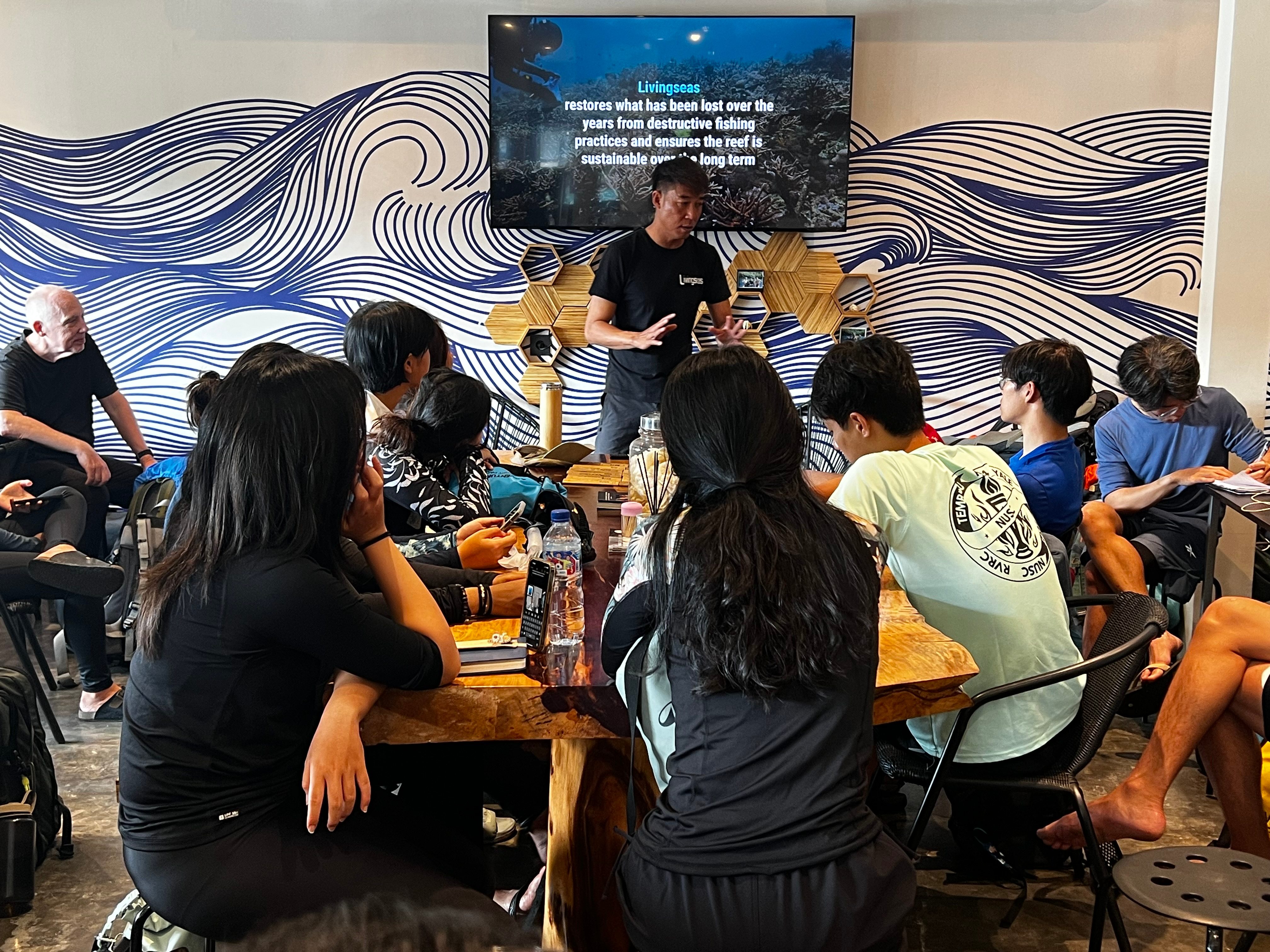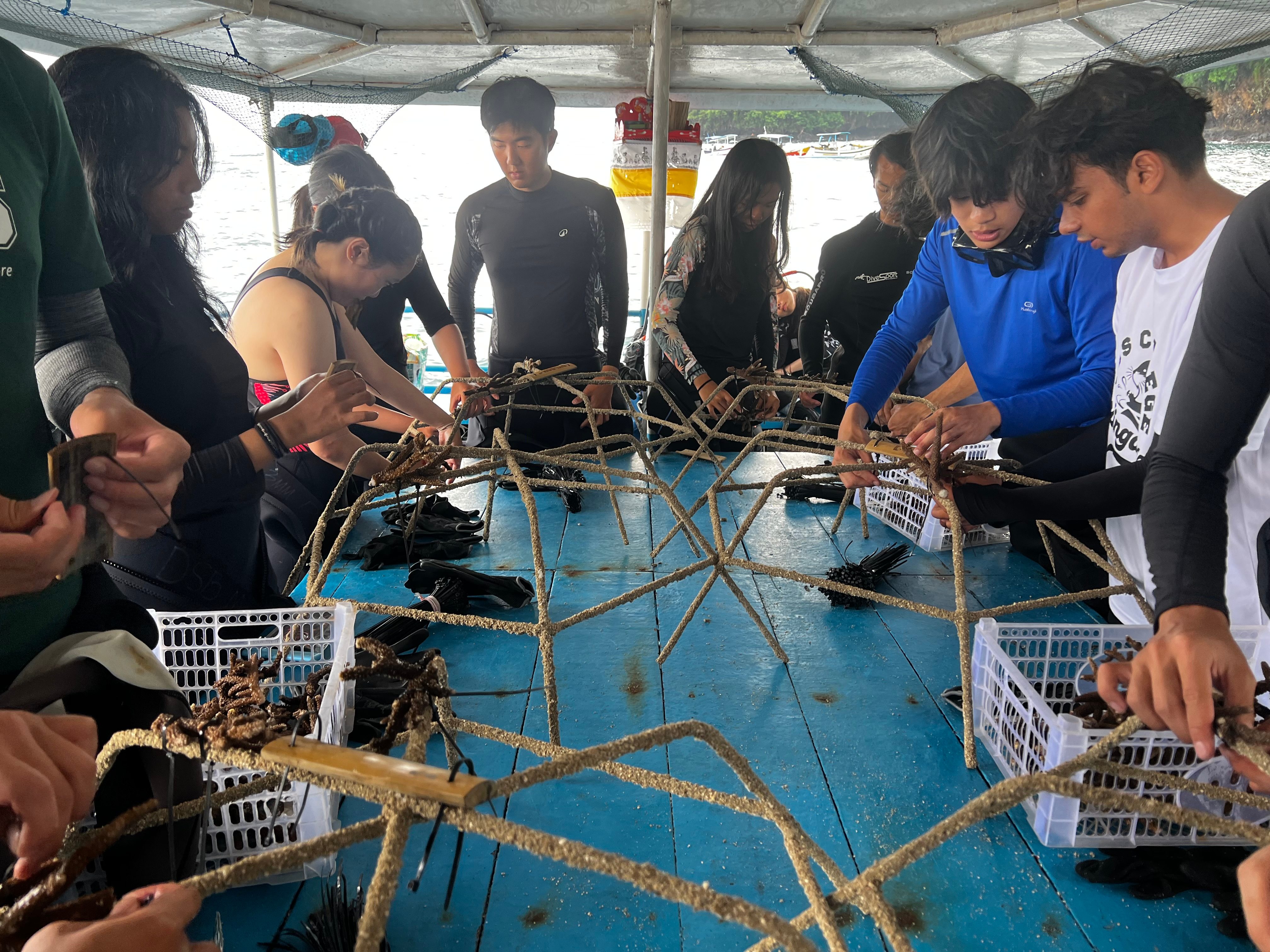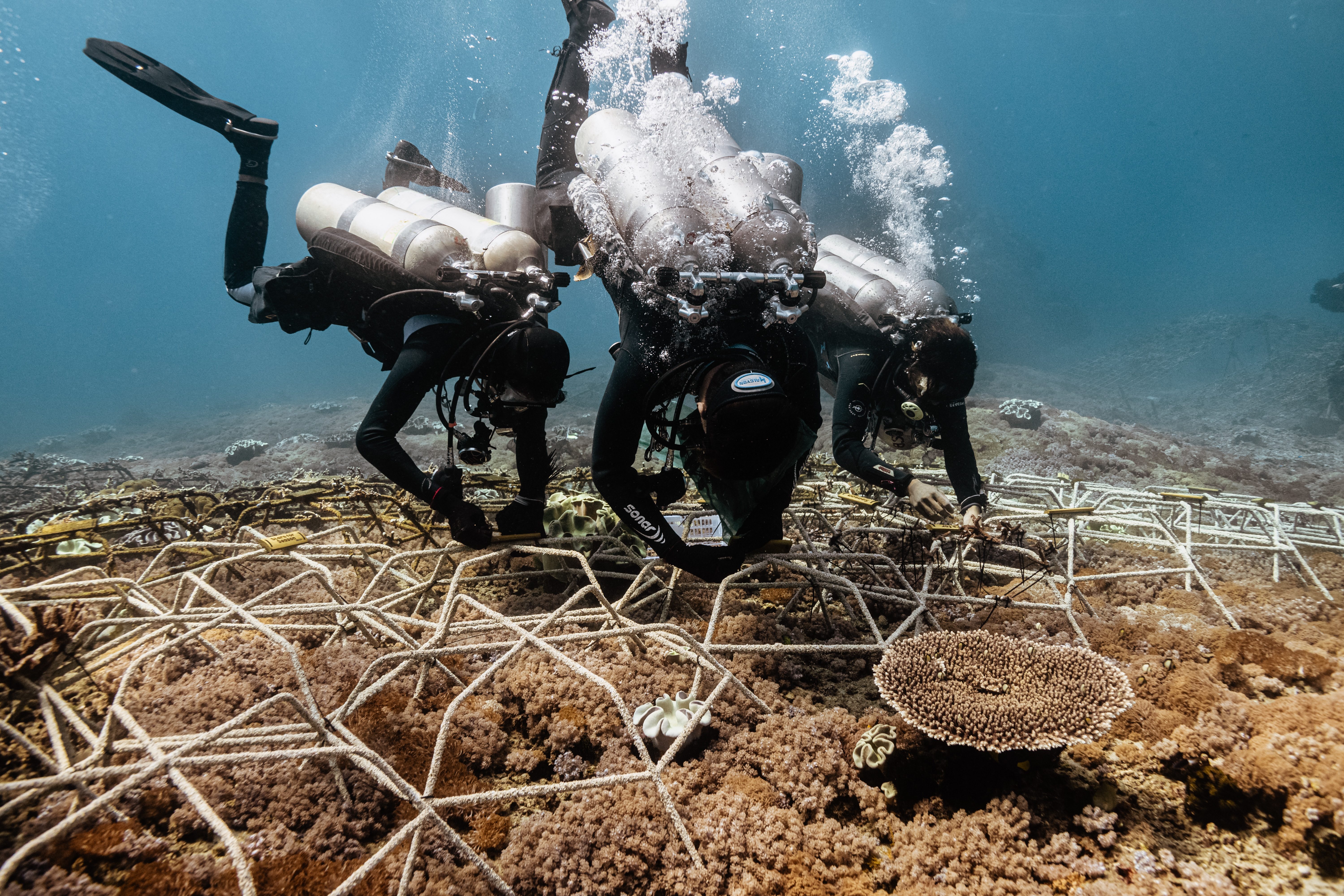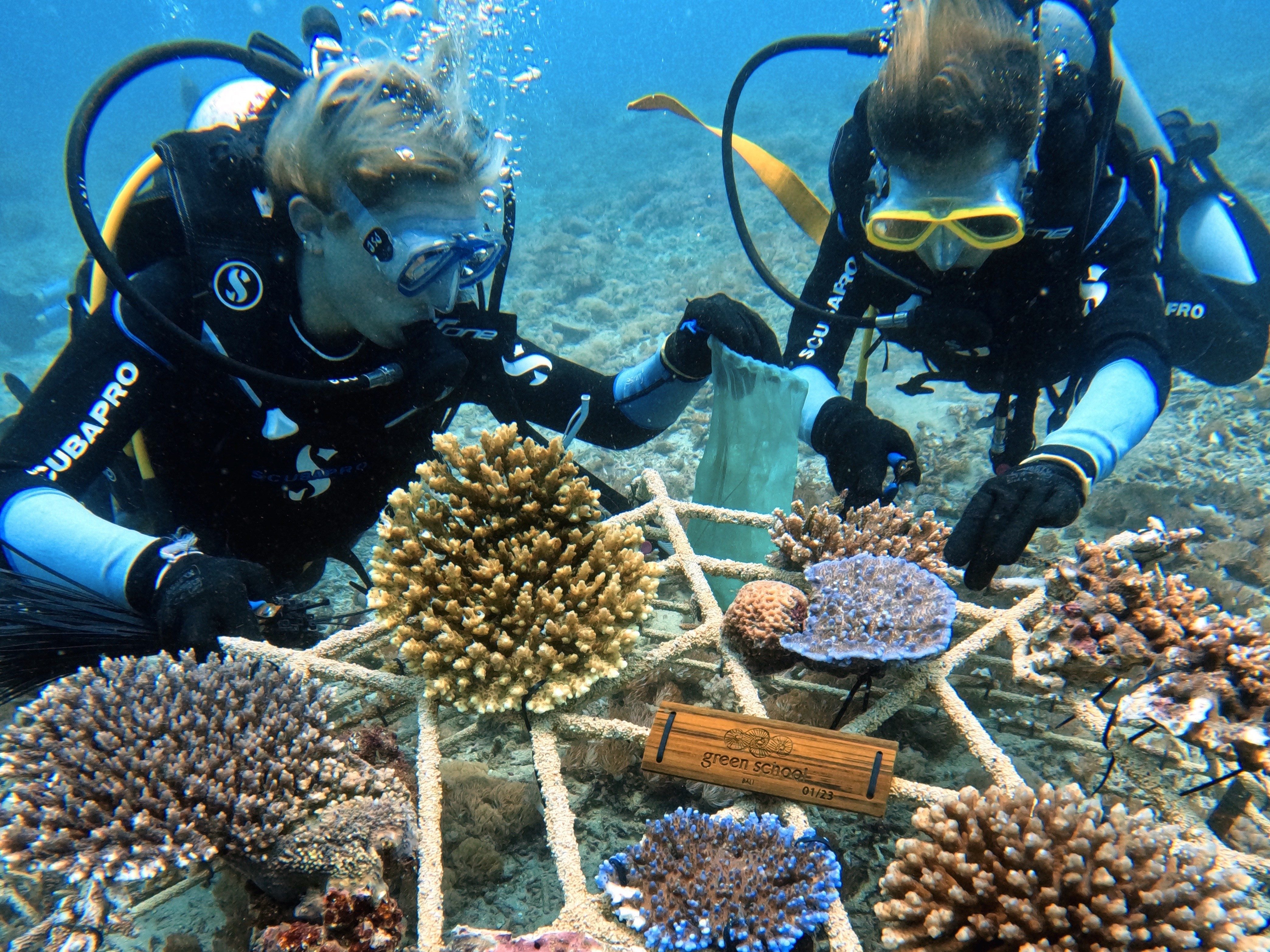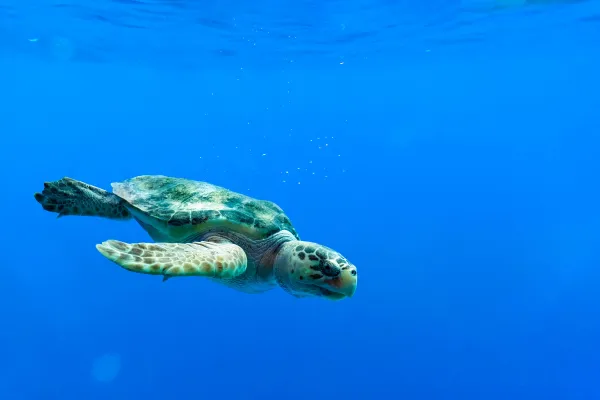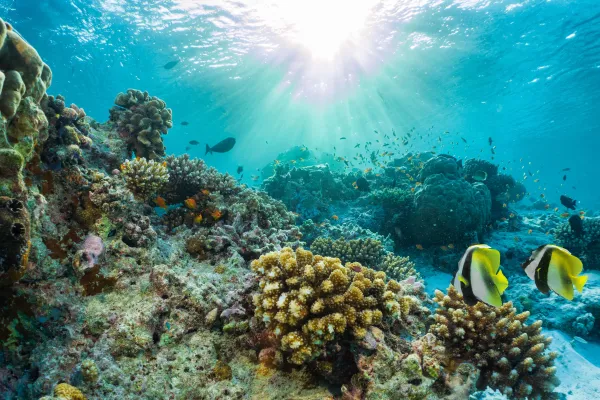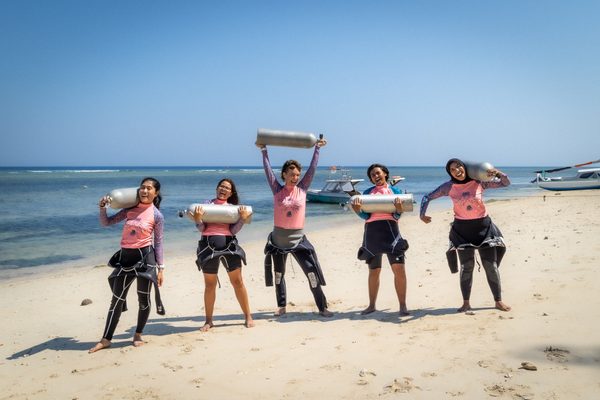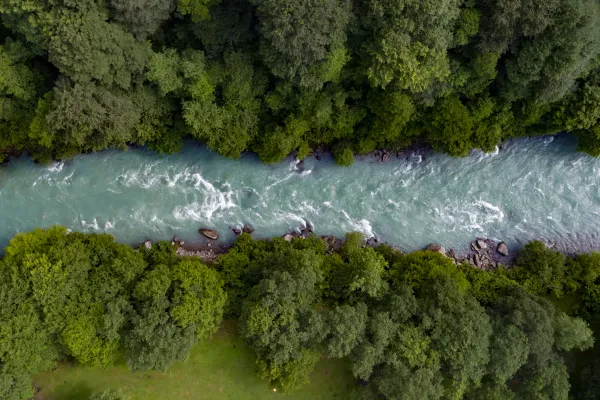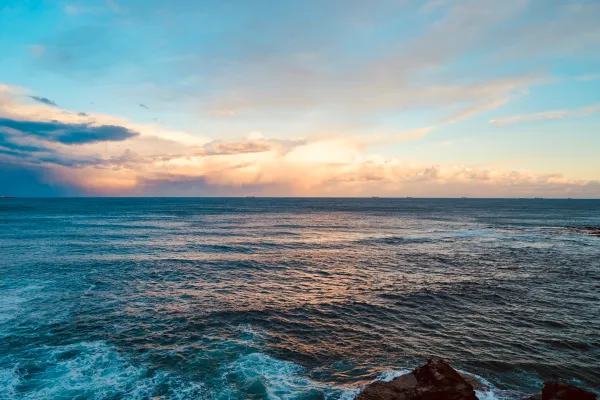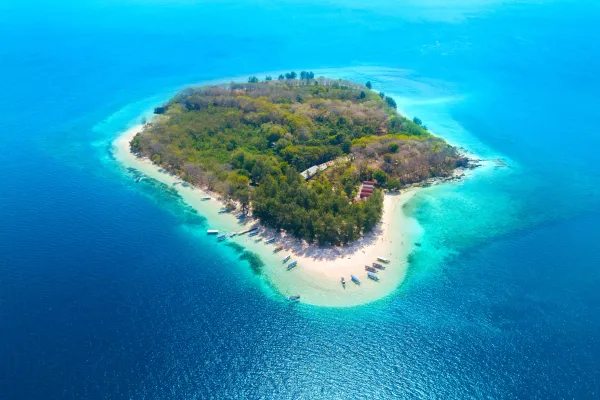How coral restoration transforms ecosystems
Coral restoration may sound like a cutting-edge idea, but in reality, it’s been around for two decades or more. What’s changed in recent years is the urgency.
As coral bleaching events hit the headlines and travellers see firsthand the impact of warming waters, the need to restore reefs has become impossible to ignore.
What was once a niche conservation experiment is now a global movement and one that is more necessary than ever. In this article, you will learn more about the effect coral restoration has.
Why coral restoration matters
The truth is, coral reefs are under pressure from more than just climate change. Overfishing, pollution, and destructive fishing and coastal development have left their mark for decades.
Many reefs we never hear about, like those in remote parts of Indonesia where no tourist dares tread, are also degraded, often out of sight and out of mind.
Restoration isn’t just about reversing bleaching; it’s about addressing a long history of human impact and giving ecosystems a chance to recover.
Coral farming: It shouldn’t be rocket science
At its core, the coral restoration project is surprisingly straightforward.
Think of it like farming: plant a coral, nurture it, and if it thrives, expand from there. If it doesn’t, cut it off, then plant another and try again. With the right conditions and persistence, corals multiply, spreading across larger and larger areas of the seabed.
At Livingseas, this usually begins with collecting healthy coral fragments that have naturally broken off. We fragment these corals into smaller finger-sized pieces to multiply them, and these fragments are attached to Reef Stars (a metal structure coated in marine sand and resin to provide a rough substrate on which corals would naturally attach).
We require a structure because, at its heart, we only need to do two things to get corals to grow: elevate them into the nutrient-rich current flow, and keep them away from predators and mechanical impact from sand and rubble on the seabed. Once attached permanently to the structure, the corals will feed in the sunlight and the currents, and nature takes over.
Over weeks, months, and years, the fragments branch out, fuse back together, and begin creating new spaces for fish and invertebrates to call home. It’s a patient process, almost like tending a bonsai garden underwater, but the results are incredibly rewarding: small patches of life expanding outward until they knit into thriving habitats.
The beauty of this approach is that once corals begin to grow, marine life follows. Small fish find new hiding places and habitats, populations boom, and predators return. Over time, an entire food web begins to rebuild itself, all starting from a single coral fragment.
Scale matters for marine life
But here’s the catch: planting a handful of corals won’t bring back an ecosystem.
To restore balance, the effort needs to cover large areas, on the scale of thousands of square metres.
Only when the “base of the pyramid” is broad enough can the reef sustain larger predators and reach stability.
That means restoration has to be viewed as a long-term commitment. It requires consistent work, reliable logistics, local involvement, and enough funding to support years of effort.
Nature rebounds, but only if we stay with it long enough.
From grand projects to daily practice
While large-scale initiatives are important, the future of marine conservation may lie in smaller, consistent efforts.
What’s needed isn’t flashy, high-tech projects but simple, modular actions: corals planted daily by local communities, supported by ecotourism, and cared for with the patience of farmers.
This “little by little” approach adds up. A few corals today, a few more tomorrow, and with steady attention, the reef can heal.
Restoration doesn’t have to start big, but it does need to begin and be nurtured with persistence.
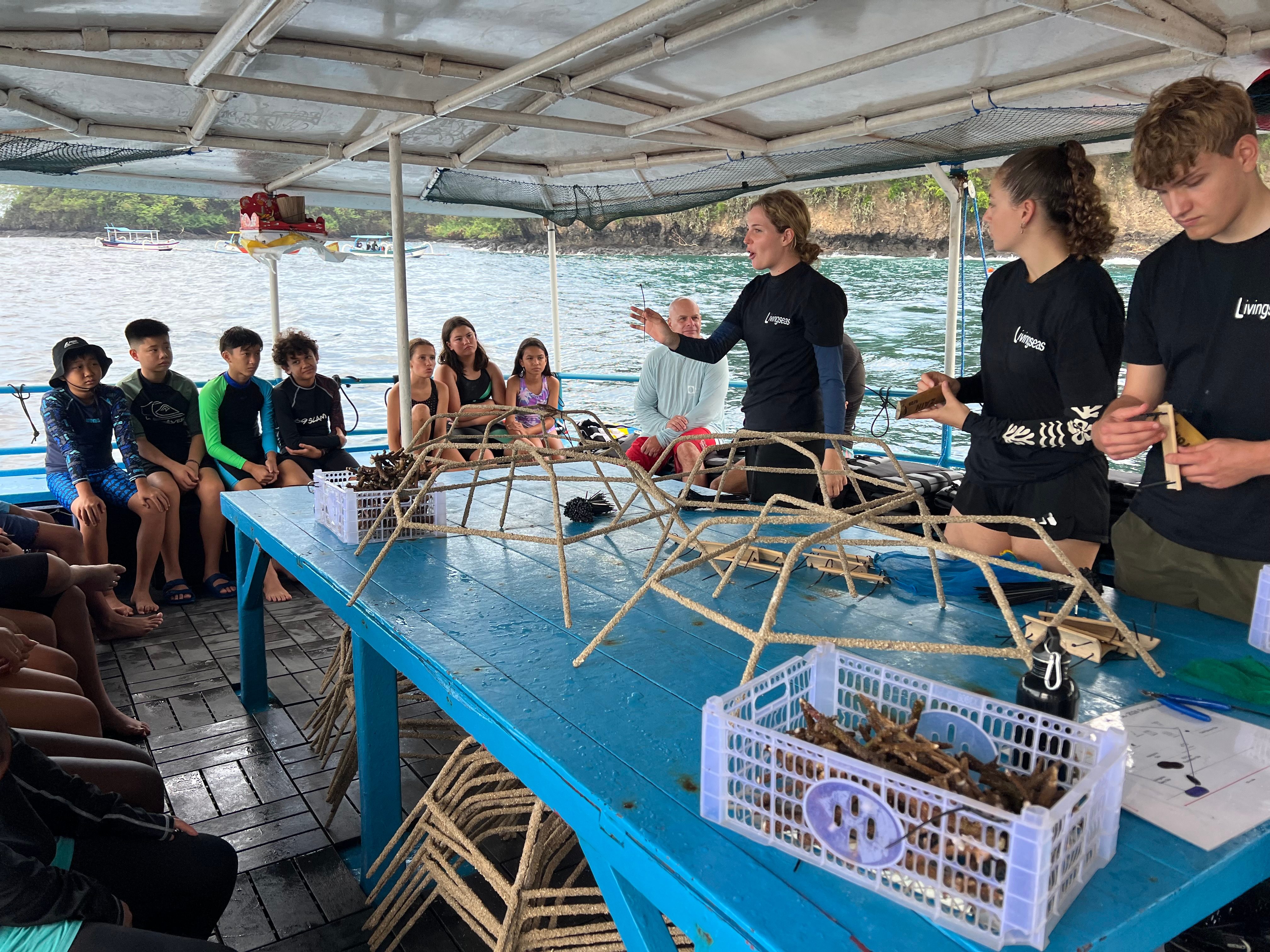
Let’s all be coral farmers
The message is simple: coral restoration works.
It’s visible, it’s rewarding, and it transforms entire ecosystems.
What we need now is more hands, more hearts, and more commitment; people willing to join the movement and treat reefs like the living, growing farms they are.
At Livingseas, this is the work we do every day in Bali: planting corals, maintaining reefs, and watching ecosystems rebound over time.
Through our marine conservation internships and ecotourism programmes, we invite travellers and future conservationists to roll up their sleeves and become coral farmers themselves.
Because the ocean doesn’t just need observers, it needs participants.
Sign up for the newsletter
By clicking on “Subscribe now” I will subscribe to the Conscious Explorer newsletter with all the information about mindful travel. Information on the success measurement included in the consent, the use of the shipping service provider MailChimp, logging of the registration and your rights of revocation can be found in our privacy policy.
